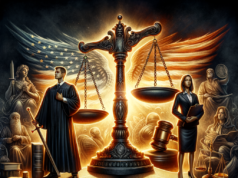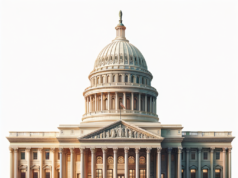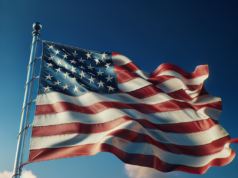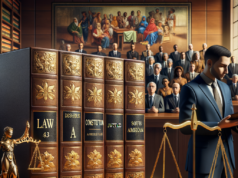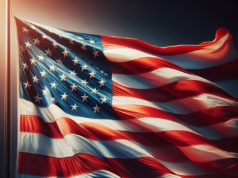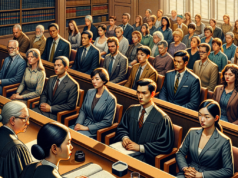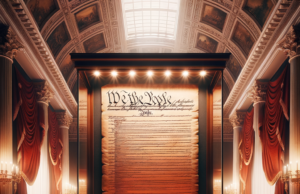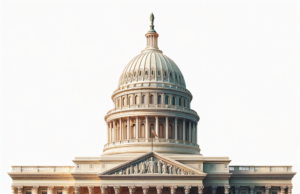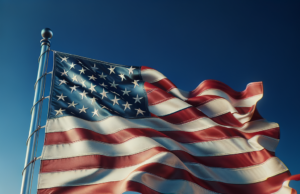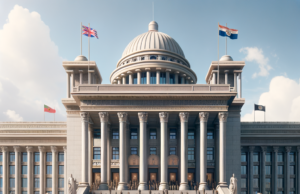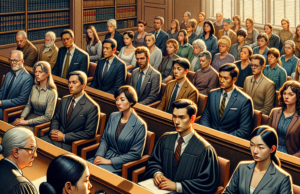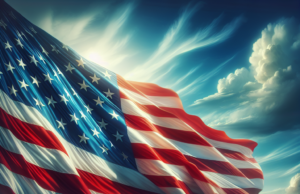Contents
- 1 Understanding the Historical Context of Gun Control in the United States
- 2 The Second Amendment: Interpretations and Implications for Gun Rights
- 3 Analyzing the Statistics: Gun Violence Trends and Their Impact on Society
- 4 The Role of Advocacy Groups in Shaping Gun Control Legislation
- 5 Public Opinion on Gun Control: A Deep Dive into American Perspectives
- 6 Exploring Potential Solutions: Bridging the Divide on Firearm Regulations
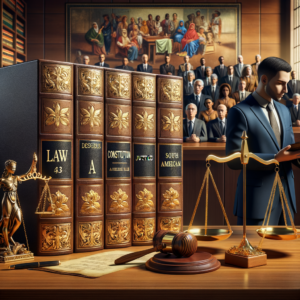 The gun control debate in the United States is one of the most polarizing issues in contemporary society, reflecting deep-seated cultural, political, and historical divides. As mass shootings and gun-related violence continue to plague communities across the nation, the conversation surrounding firearms regulation has intensified. This article seeks to unravel the complexities of the gun control debate by examining its historical context, the implications of the Second Amendment, statistical trends in gun violence, the influence of advocacy groups, public opinion, and potential solutions to bridge the divide on firearm regulations.
The gun control debate in the United States is one of the most polarizing issues in contemporary society, reflecting deep-seated cultural, political, and historical divides. As mass shootings and gun-related violence continue to plague communities across the nation, the conversation surrounding firearms regulation has intensified. This article seeks to unravel the complexities of the gun control debate by examining its historical context, the implications of the Second Amendment, statistical trends in gun violence, the influence of advocacy groups, public opinion, and potential solutions to bridge the divide on firearm regulations.
Understanding the Historical Context of Gun Control in the United States
The roots of gun control in the United States can be traced back to the colonial era, where firearms were essential for survival and defense. However, as the nation evolved, so did the perception of guns. The 19th century saw the emergence of organized militias and a growing concern over public safety, leading to the first gun control laws. The National Firearms Act of 1934 and the Gun Control Act of 1968 marked significant federal efforts to regulate firearms, particularly in response to rising crime rates and societal unrest. Over the decades, these laws have been challenged and reinterpreted, reflecting the changing landscape of American society and the ongoing struggle to balance individual rights with collective safety.
The Second Amendment: Interpretations and Implications for Gun Rights
The Second Amendment of the United States Constitution, ratified in 1791, states, “the right of the people to keep and bear Arms, shall not be infringed.” This brief clause has sparked extensive debate over its meaning and implications. Proponents of gun rights argue that the amendment guarantees an individual’s right to own firearms for self-defense and recreational purposes. Conversely, advocates for gun control contend that the amendment was intended to ensure a well-regulated militia, thus allowing for government regulation of firearms. Landmark Supreme Court cases, such as District of Columbia v. Heller (2008) and McDonald v. City of Chicago (2010), have further shaped the legal landscape, affirming the individual right to bear arms while leaving room for regulation.
Analyzing the Statistics: Gun Violence Trends and Their Impact on Society
Gun violence in the United States presents a stark and troubling reality. According to the Centers for Disease Control and Prevention (CDC), over 45,000 gun-related deaths occurred in 2020 alone, marking a significant increase from previous years. The data reveals that gun homicides disproportionately affect marginalized communities, exacerbating existing social inequalities. Additionally, mass shootings, though statistically less frequent, garner substantial media attention and contribute to a pervasive sense of fear and insecurity among the public. These alarming statistics underscore the urgent need for effective gun control measures to address the public health crisis posed by firearm-related violence.
The Role of Advocacy Groups in Shaping Gun Control Legislation
Advocacy groups play a pivotal role in the gun control debate, influencing legislation and public opinion through grassroots campaigns, lobbying efforts, and educational initiatives. Organizations such as the National Rifle Association (NRA) and Everytown for Gun Safety represent opposing sides of the debate, each mobilizing supporters to advocate for their respective agendas. The NRA has historically championed gun rights, leveraging its political clout to oppose restrictive gun laws, while Everytown focuses on promoting comprehensive gun safety measures and advocating for universal background checks. The clash between these groups not only shapes legislative outcomes but also reflects the broader societal divide on firearms regulation.
Public Opinion on Gun Control: A Deep Dive into American Perspectives
Public opinion on gun control is complex and often divided along partisan lines. Polls indicate that a majority of Americans support stricter gun laws, particularly in the wake of high-profile mass shootings. However, this support varies significantly based on political affiliation, geographic location, and personal experiences with firearms. For instance, while urban residents may advocate for more stringent regulations, rural communities often prioritize gun ownership rights. Furthermore, cultural factors, such as the historical significance of firearms in American identity, contribute to the polarized views on gun control. Understanding these nuances is essential for policymakers seeking to address the issue effectively.
Exploring Potential Solutions: Bridging the Divide on Firearm Regulations
As the gun control debate continues to evolve, exploring potential solutions to bridge the divide becomes increasingly crucial. Comprehensive approaches that prioritize both public safety and individual rights may offer a path forward. Proposals such as universal background checks, mandatory waiting periods, and red flag laws have gained traction among lawmakers and advocacy groups alike. Additionally, fostering dialogue between opposing sides and promoting education on responsible gun ownership can help mitigate tensions. Ultimately, finding common ground will require a concerted effort from policymakers, advocacy groups, and the public to create a safer environment while respecting the rights enshrined in the Second Amendment.
The gun control debate in the United States is emblematic of broader societal challenges, encompassing issues of safety, rights, and cultural identity. As the nation grapples with the consequences of gun violence, it is imperative to engage in constructive dialogue and seek solutions that address the concerns of all stakeholders. By understanding the historical context, legal interpretations, statistical realities, and public sentiments surrounding firearms, America can work towards a future where the right to bear arms coexists with the need for safety and security.



